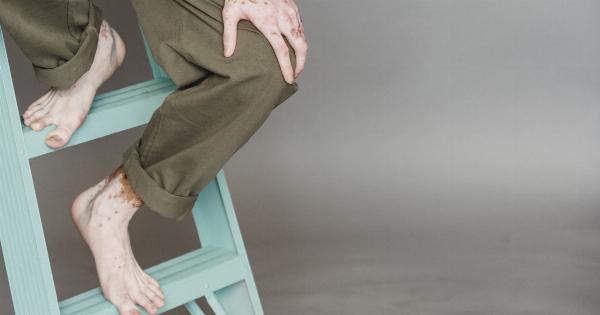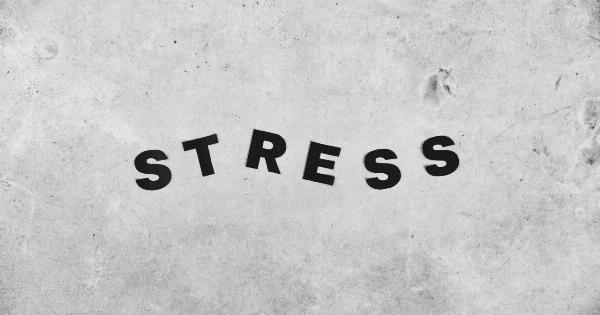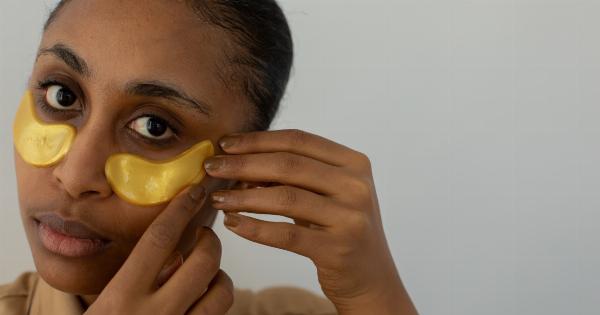Many women experience monthly cramps, also known as menstrual cramps or dysmenorrhea, during their menstrual cycle.
These cramps can range from mild discomfort to severe pain, and they can significantly interfere with daily activities and overall quality of life. However, there are various expert strategies that can help combat monthly cramps and provide relief. In this article, we will explore ten effective strategies recommended by healthcare professionals.
1. Heating Pads and Hot Water Bottles
Applying heat to the lower abdomen can help relax the muscles and relieve cramps. Heating pads and hot water bottles are simple yet effective tools for providing heat therapy.
Place a heating pad or hot water bottle on your lower abdomen for 15-20 minutes at a time, several times a day, during your menstrual cycle for soothing relief.
2. Over-the-Counter Pain Relievers
Nonsteroidal anti-inflammatory drugs (NSAIDs) such as ibuprofen and naproxen sodium can help reduce menstrual cramps.
These medications work by inhibiting the production of prostaglandins, hormone-like substances that contribute to pain and inflammation. However, it is important to follow the recommended dosage, and consult a healthcare provider if you have any underlying medical conditions or are taking other medications.
3. Exercise and Physical Activity
Engaging in regular exercise and physical activity can help alleviate menstrual cramps. Physical activity releases endorphins, natural pain-relieving chemicals in the brain, and improves blood circulation, reducing cramping.
Aim for at least 30 minutes of moderate-intensity exercise, such as brisk walking, swimming, or cycling, on most days of the week.
4. Relaxation Techniques
Stress can amplify menstrual pain, so incorporating relaxation techniques into your routine can be beneficial.
Deep breathing exercises, meditation, yoga, and progressive muscle relaxation are effective strategies for reducing stress and promoting relaxation. Relaxation techniques can help decrease muscle tension and ease menstrual cramps.
5. Dietary Modifications
Modifying your diet can have a significant impact on managing menstrual cramps. Incorporate foods rich in omega-3 fatty acids, such as fatty fish, flaxseeds, and walnuts, as they possess anti-inflammatory properties that can help reduce pain.
Additionally, reducing the consumption of processed foods, caffeine, alcohol, and salt may alleviate cramps and bloating.
6. Herbal Remedies
Various herbal remedies have been traditionally used to combat menstrual cramps. Herbal teas made from ingredients like chamomile, ginger, and cinnamon can help relax muscles and ease pain.
Certain herbs, such as cramp bark and evening primrose oil, have shown promising results in reducing the severity of menstrual cramps. Consult with an herbalist or healthcare provider for appropriate guidance and dosage.
7. Acupuncture
Acupuncture, an ancient Chinese therapy, involves the insertion of fine needles into specific points on the body. This practice is believed to stimulate the body’s natural healing responses and promote balance.
Acupuncture has been found to provide relief from menstrual pain and reduce the need for medication in some women. Consult with a qualified acupuncturist for treatment.
8. Transcutaneous Electrical Nerve Stimulation (TENS)
TENS units deliver low-voltage electrical currents through electrodes placed on the skin. This therapy helps block pain signals and stimulate endorphin release, providing relief from menstrual cramps. TENS units are portable and easy to use.
Consult with a healthcare provider for proper guidance and usage of TENS units.
9. Hormonal Birth Control
Hormonal birth control methods, such as oral contraceptives, patches, or intrauterine devices (IUDs), can be an effective strategy for managing menstrual cramps. These methods alter hormone levels, leading to lighter and less painful periods.
Discuss the options with your healthcare provider to determine the most suitable hormonal contraceptive method for your needs.
10. Consultation with a Healthcare Provider
If menstrual cramps significantly interfere with your daily life despite trying various self-care strategies, it is crucial to seek professional medical advice.
A healthcare provider can evaluate your condition, rule out any underlying conditions, and recommend appropriate treatment options. They may suggest prescription medications or further investigations if necessary.































